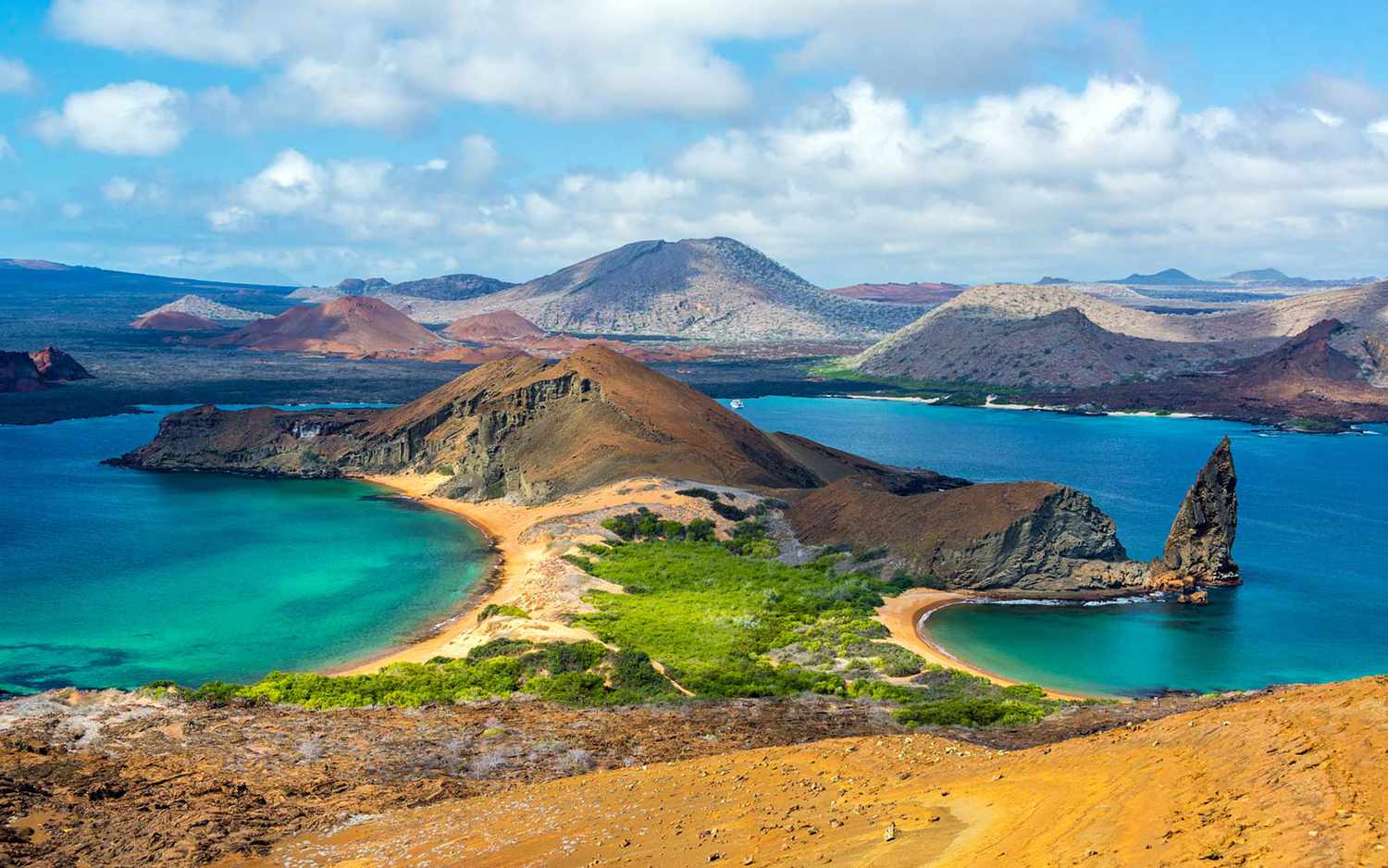
The Galápagos Islands, Ecuador
The Galápagos Islands, Ecuador
The summer vacation season is at full speed. Many of us do not know yet where to travel. If you are a nature lover, and you love hiking, the Galápagos Islands are for you. These beautiful volcanic islands have to offer many natural wonders, endemic plants, and animals. The Galápagos Islands were the source of Darwin’s theory of evolution. Still up til now, it has been a living laboratory for scientists.
General Facts about the Galápagos Islands
The Galapàgos archipelago is located about 1,000 km from the Ecuadorian coast in the eastern Pacific Ocean. They were created by a series of volcanic eruptions that resulted in 19 bigger islands and about 108 little islands. 97% of the total surface was declared National Park in the 60s.
Travel Details
The best time to go to the Galápagos Islands is May and September, as they are the low season month. You can get yourself better deals and it will be nicer to travel as it will be less crowded. From June to October is the cool, dry season, which means fewer mosquitoes and better temperatures to visit the natural parks. December to April is the busiest season, but also rainy, humid, and hot. The sea is the calmest. I love these temperatures and humidity. It is like being in the sauna. It makes your skin nice and smooth.
You will need a transit control card to enter the Galápagos (from Quito or Guayaquil). Thanks to this card, the government can control the number of tourists. You will have to pay a $100 national park entrance fee in cash. These payments are used to help protect the natural ecosystem of the islands.
Which Island to Choose
The choice is yours, of course. I chose two islands: Floreana Island and San Cristobal Island with its numerous sites and the incredibly beautiful León Dormido rock formation.
Floreana Island
Floreana is one of the smaller islands in the Galàpagos. However, geologically, it is one of the oldest. It lies at the southern point in the archipelago and has been continuously erupting alkaline basalts for the last 1.5 million years.
Do not miss Cormorant Point, famous for its lagoon, where you can spot Galapàgos flamingoes, pintail ducks, stilts, and large-billed flycatchers. Punta Cormorant has a stunning green olivine-crystal beach, and a fine coral beach known as Flour Beach where you can spot green sea turtles.
Post Office Bay is one of the most famous attractions on Floreana Island. This Post Office Bay was a simple wooden barrel placed by whalers by the end of the 18th century to serve as a post box. Seamen would leave letters to loved ones here. They would hope that one day other seamen passing through might pick them up and deliver them to their destination.
Devil’s Crown is a volcanic crater and serves today as one of the best snorkeling sites in the Galapàgos Islands. Here, you can spot marine life, including colorful angel fish, white-tipped reef sharks, eagle rays, and sea turtles.
San Cristobal Island
It is a very good location if you are looking for some relaxing, quiet time on an island in the middle of the Pacific Ocean. Worth recommending is hiking up to Cerro Tijeretas. Behind the San Cristobal Interpretation Centre is a walking path leading to the top of Frigate Bird Hill. There will be a mesmerizing view over Shipwreck Bay to the south and the famous Kicker Rock to the west.
Another thing I would highly recommend doing is snorkeling or diving At León Dormido (Kicker Rock). It is one of the most well-known sites in the Galápagos Islands. The formation is the remains of an ancient volcanic cone, eroded by the sea over thousands of years. The towers are 140 meters above the Pacific Ocean and are home to many types of animals. This location creates a unique ecosystem and underwater paradise.
Vocabulary
endemic – restricted or peculiar to a locality or region (endemiczny)
humidity – a quantity representing the amount of water vapor in the atmosphere (wilgotność)
alkaline basalts – Alkali basalt or alkali olivine basalt is a dark-colored, porphyritic volcanic rock usually found in oceanic and continental areas associated with volcanic activity, such as oceanic islands, continental rifts and volcanic fields (bazalt alkaliczny)
stilt – any of certain species of shorebirds belonging to the family Recurvirostridae (order Charadriiformes), characterized by long thin legs and a long slender bill (szczudłak)
large-billed – having a large beak (duży dziób)
flycatchers – any small insectivorous songbird of the Old World subfamily Muscicapinae, having small slender bills fringed with bristles: family MuscicapidaeSee also spotted flycatcher. any American passerine bird of the family Tyrannidae (muchołówka)
barrel – a cylindrical container bulging out in the middle, traditionally made of wooden staves with metal hoops around them (beczka)
cone – a solid or hollow object which tapers from a circular or roughly circular base to a point (stożek)